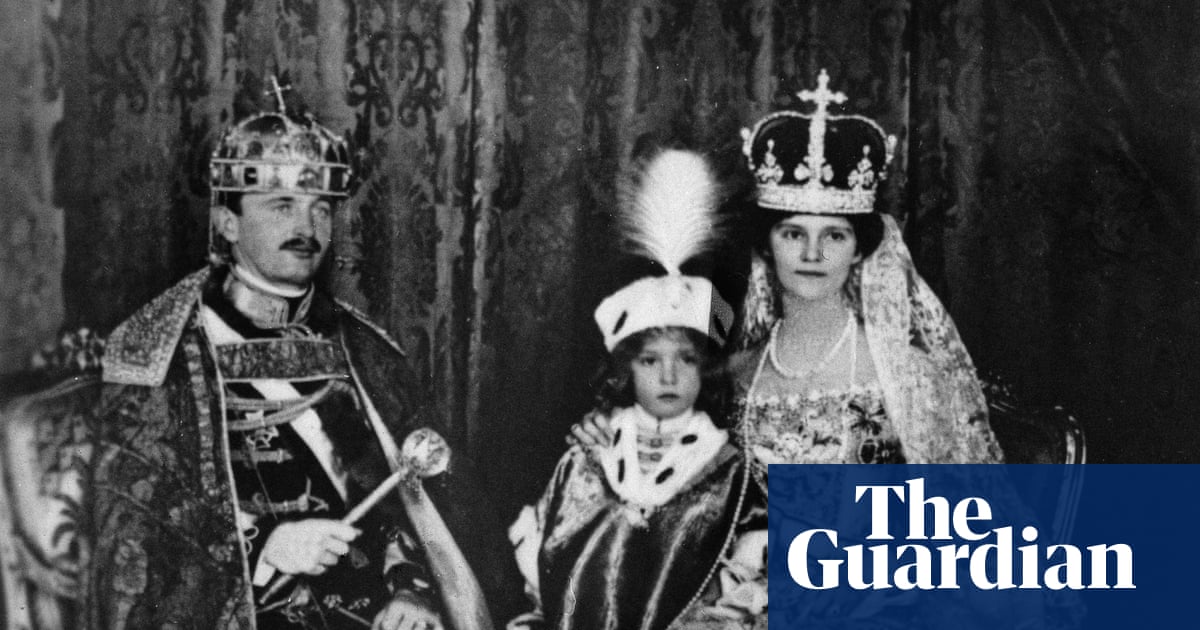
"At the height of the Battle of Britain, when the UK government needed a secret location to store 186,332 gold bars, it turned to Canada. Shipped across the Atlantic and stored beneath a hastily constructed vault in Montreal, Operation Fish became known both for the vast amounts of gold involved and the immense secrecy that followed. The lesson: Canada and its banks can keep secrets."
"After the first world war, the Austro-Hungarian emperor Charles I had prized jewels moved to Switzerland for safekeeping over fears of Bolshevik and anarchist uprisings. He and his family later fled to Switzerland in exile. Uprooted once again in 1940 as the Nazis moved swiftly across Europe, Charles's wife, the Empress Zita, fled the continent with her eight children, arriving in the United States with the jewels in a cardboard suitcase."
"My grandmother felt very safe she could breathe finally, Karl von Habsburg-Lothringen, a grandson of Charles I, told the New York Times. I assume that, at that stage, the little suitcase went into a bank safe, and that was it. And in that bank safe, it just stayed."
Operation Fish moved 186,332 gold bars to Canada during the Battle of Britain, stored beneath a hastily constructed vault in Montreal, demonstrating intense wartime secrecy. The Florentine diamond is a 137-carat pear-shaped stone with a fine citron hue that adorned European royalty for centuries. The jewel disappeared after the second world war and was feared stolen, cut up or hidden abroad. The Habsburg family moved prized jewels to Switzerland after the first world war and later fled into exile; Empress Zita transported jewels in a cardboard suitcase to North America, and the stone was placed in a Canadian bank safe where it remained a closely held family secret, unknown to most heirs.
Read at www.theguardian.com
Unable to calculate read time
Collection
[
|
...
]